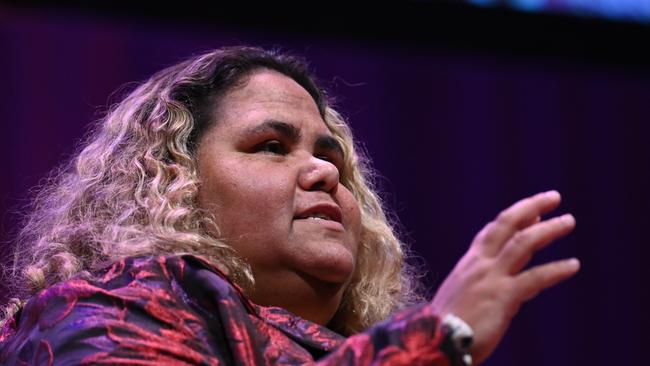
She refused to answer any of the questions directly put to her, and like Donald Trump seems to believe in a “post-truth” version of reality where if you assert something often enough it must be right.
In the face of serious allegations, she denies that any were made; in the face of findings disturbing enough to merit the condemnation of large parts of the Aboriginal arts industry, she claims nothing was found; in the face of questions posed directly to the APYCC she claims that they “have never been given to us”.
The most substantial thing to come out of the interview was a confirmation of the APYCC’s strategic retreat from its original and vehement denial that any part of any of their paintings was made by white assistants to the new defensive line that the help of non-Indigenous assistants in actually applying the paint is acceptable as long as the individual who is going to sign the work for sale (“the artist”) has maintained creative direction.
But this is not really a defensible line at all, since now, in theory, whole exhibitions could be executed by white assistants. And how interested are collectors in paying large sums for a supposed dreaming picture actually painted by a white art assistant? And where all of this verges on serious malpractice is that it was kept secret and denied for so long.
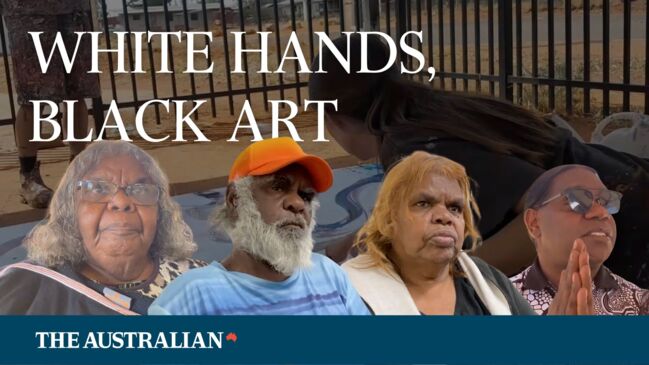
Scales again tries to play some rather dog-eared racism cards in questioning why we demand this kind of authenticity of Aboriginal art. The answer is that authenticity is the very basis for the mystique of Aboriginal art – and this is not something imposed by critics and scholars, but demanded by the art market, and supported by the Aboriginal art industry for this very reason.
I’ve pointed out before that citing the example of historical Western artists who employed assistants in their studios was seriously misleading, but again Scales asks rhetorically whether we would similarly expect non-Indigenous work to be solely by the artist’s hand.
Well, the answer is quite clearly yes, and especially for paintings. If we go to an exhibition by, say, Wendy Sharpe, or Luke Sciberras or Rick Amor, we most certainly expect them to be by the artist’s hand, not left to an assistant to execute.
And, of course, this leaves one wondering about Sally Scales’s own practice, since she decided a couple years ago that she was a painter too, and miraculously began to produce works in the APYCC house style, one of which was included in this year’s Wynne Prize exhibition.
“I work with a robust team,” she claims, to whom she can say “I need this done, I need this done …” Well, that all makes sense now. Perhaps in future, like a film director, she and her fellow APYCC artists could at least credit their “staff”, as she calls them, the menials who carry out the mere brushwork on their creations.


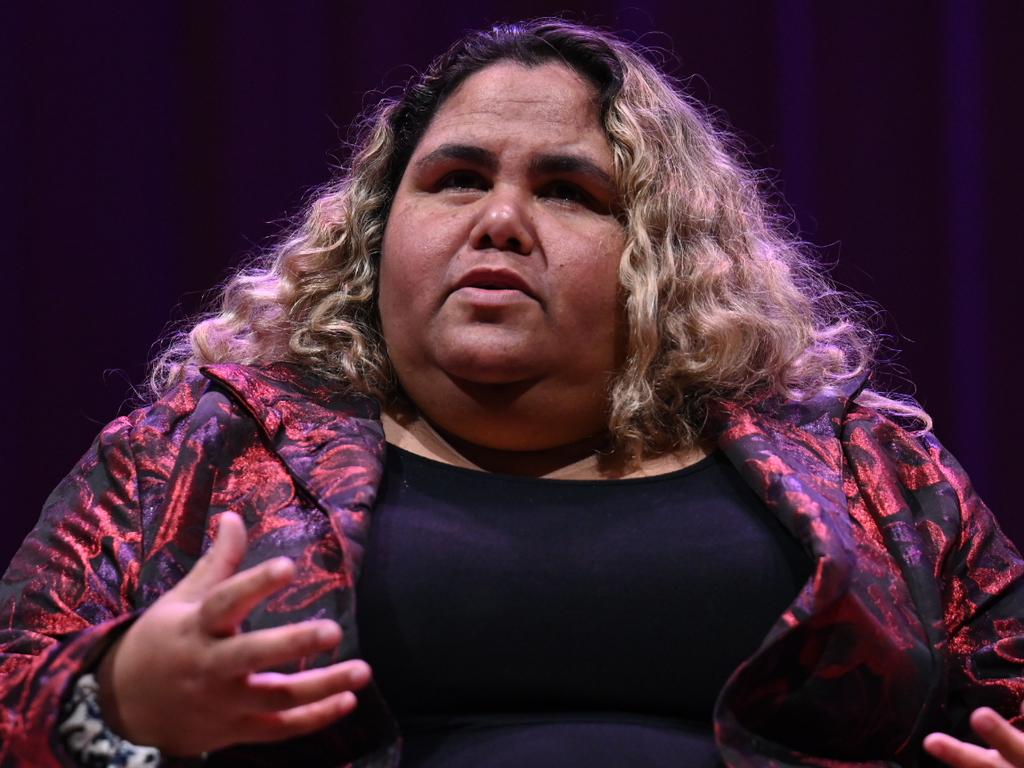
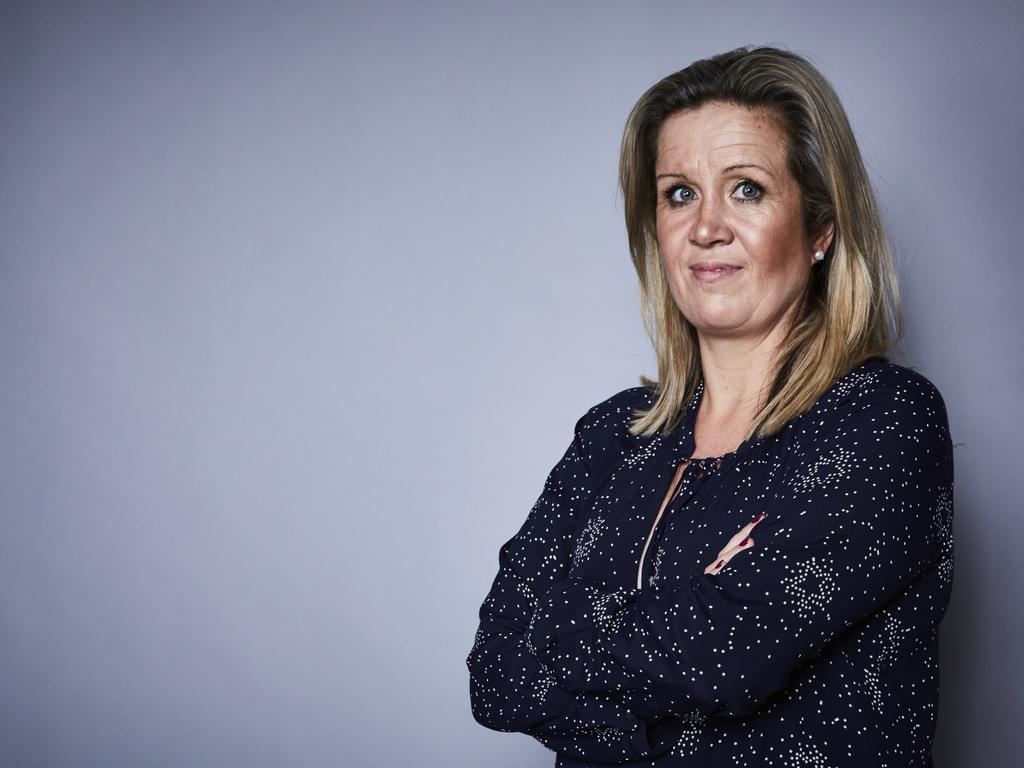
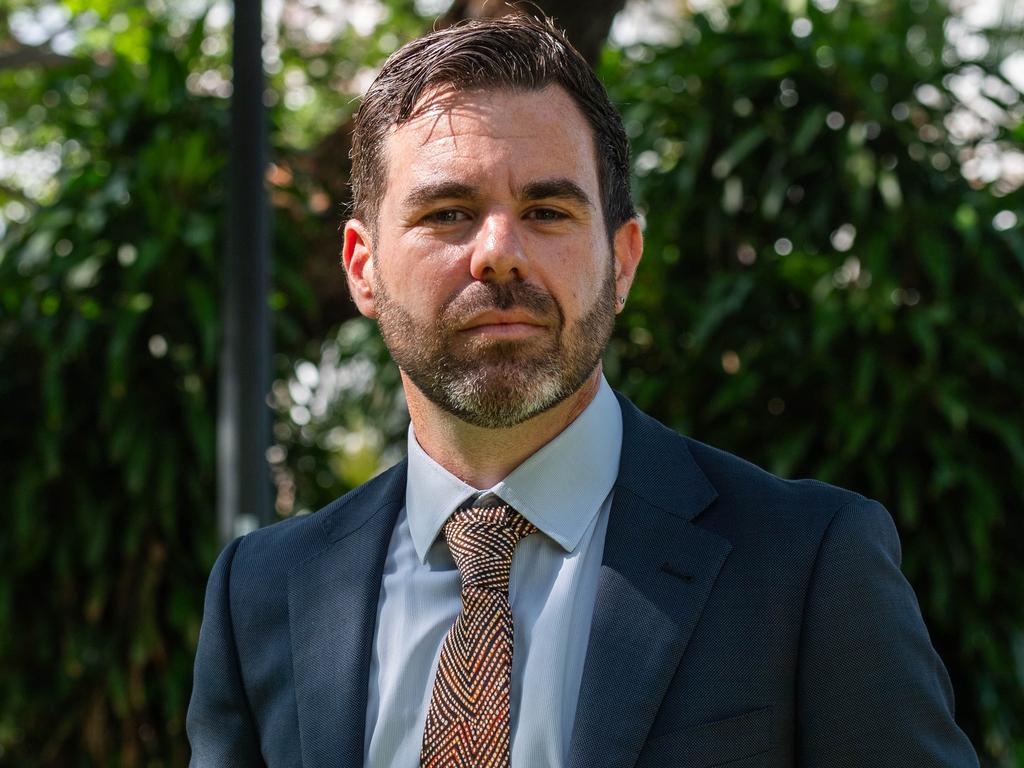
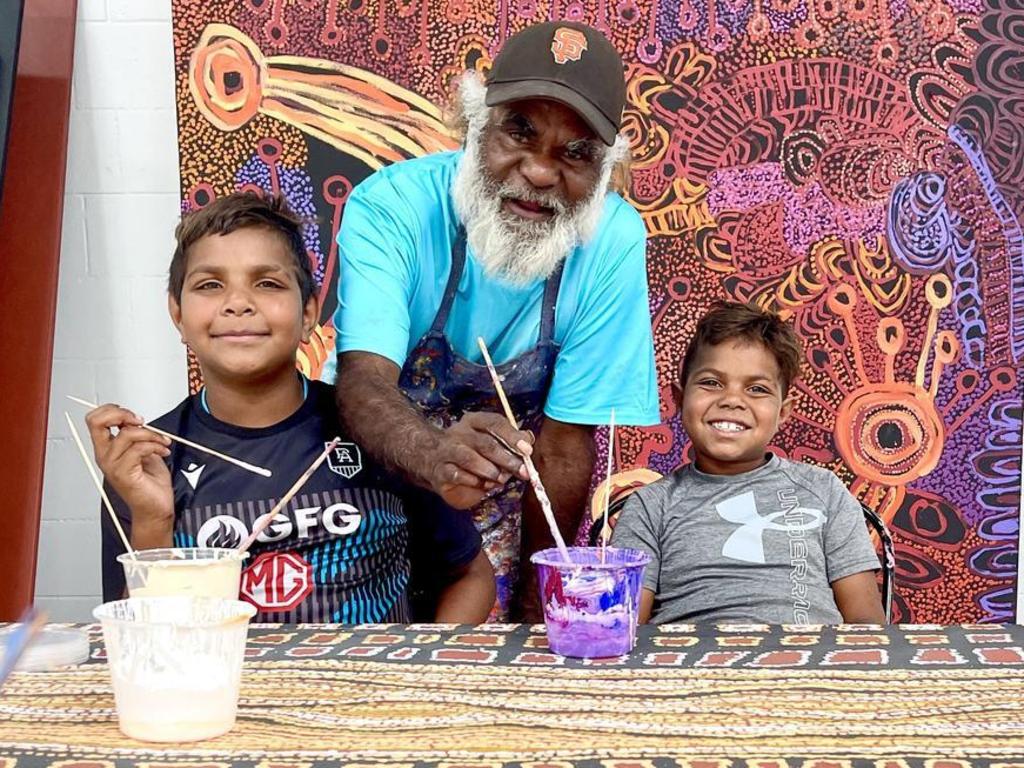
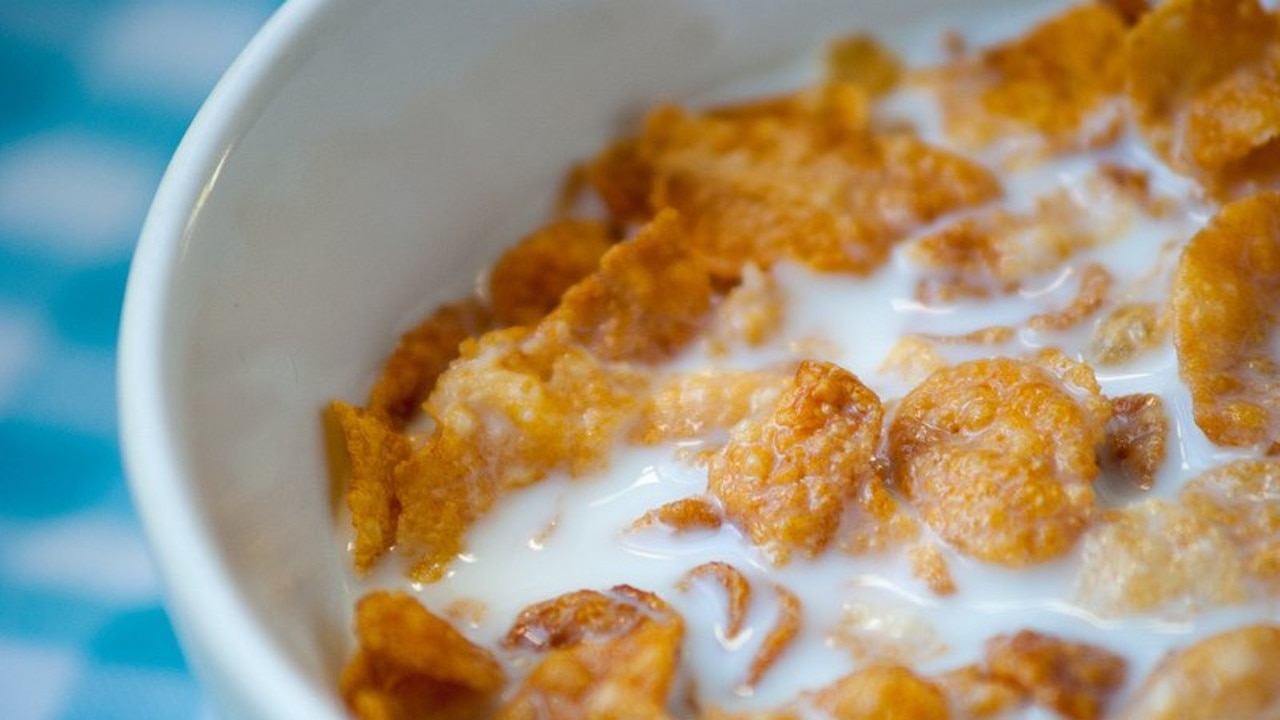

Sally Scales’ performance in her interview on Radio National epitomises the meaning of the word “disingenuous” – that squirming, whinging, evasive, hectoring, self-pitying, dithering, repetitive, inarticulate, formulaic and resentful tone and turn of phrase that betray the fact that one is not actually speaking the truth.